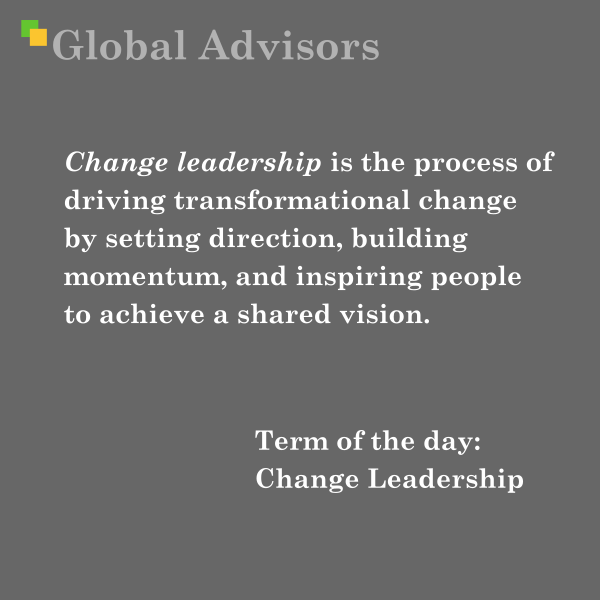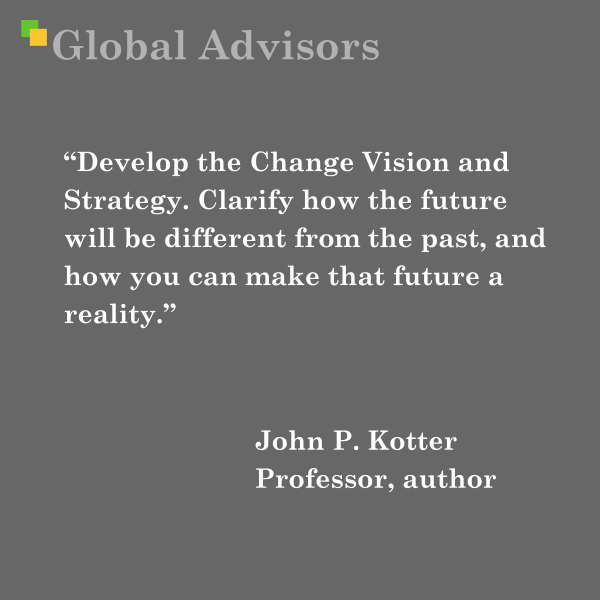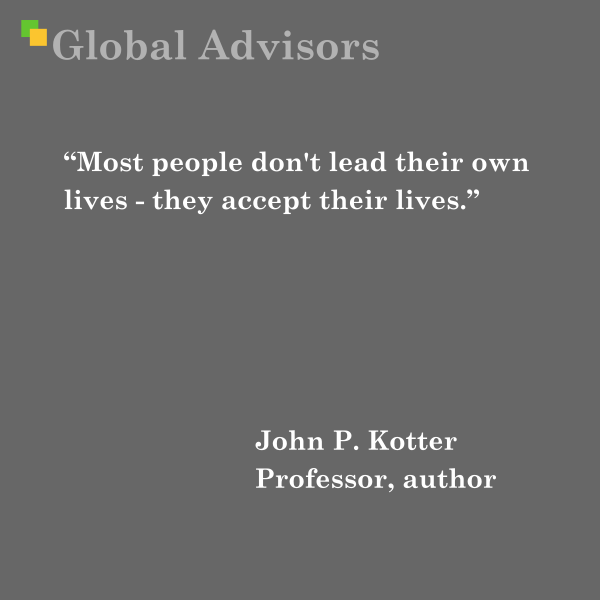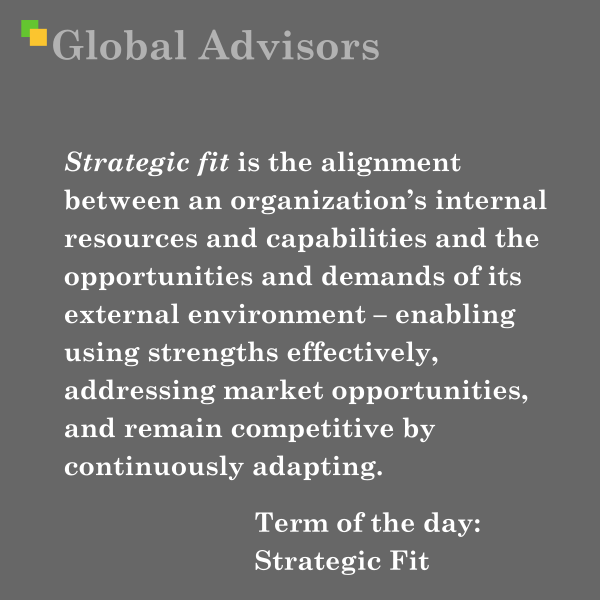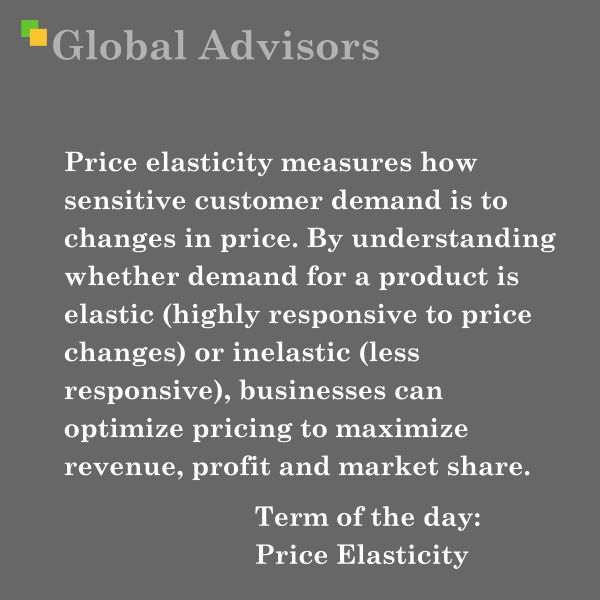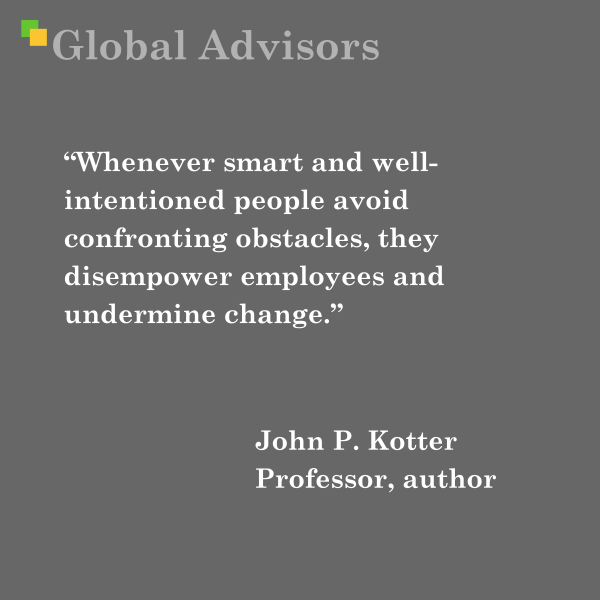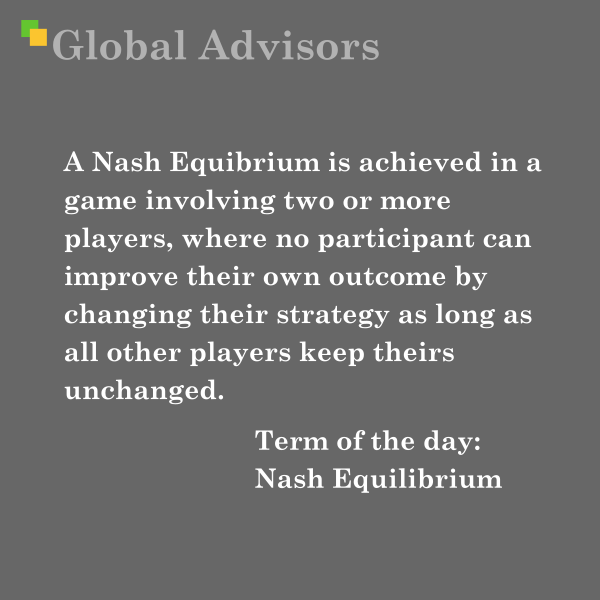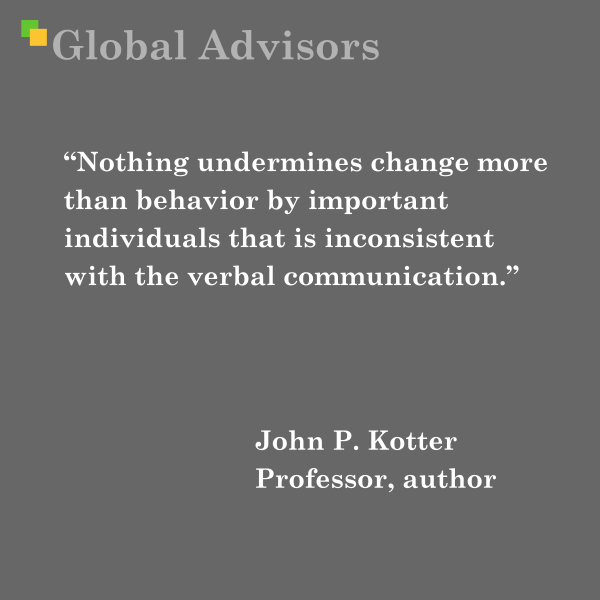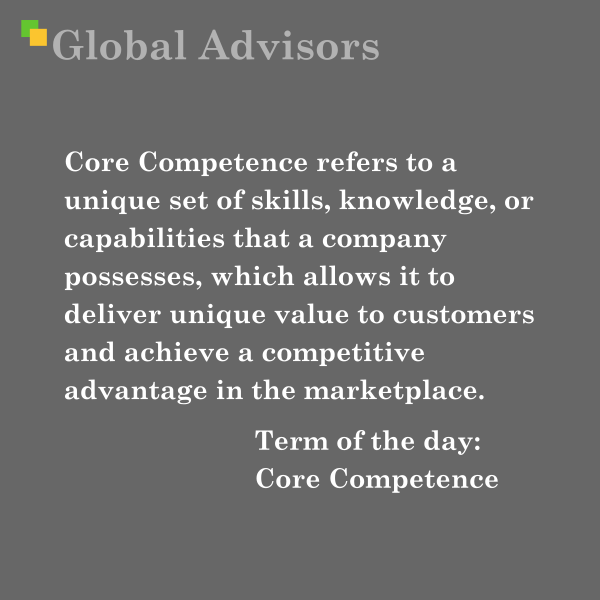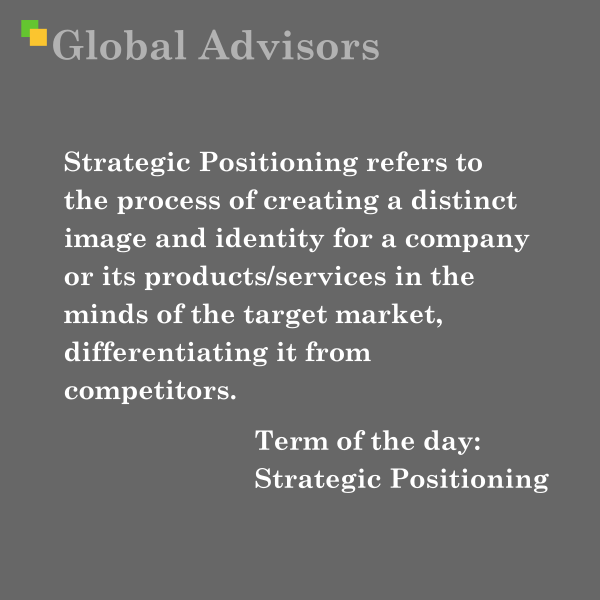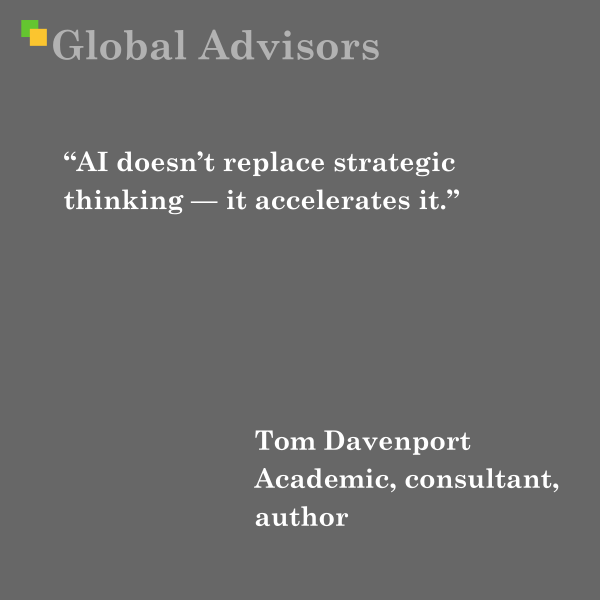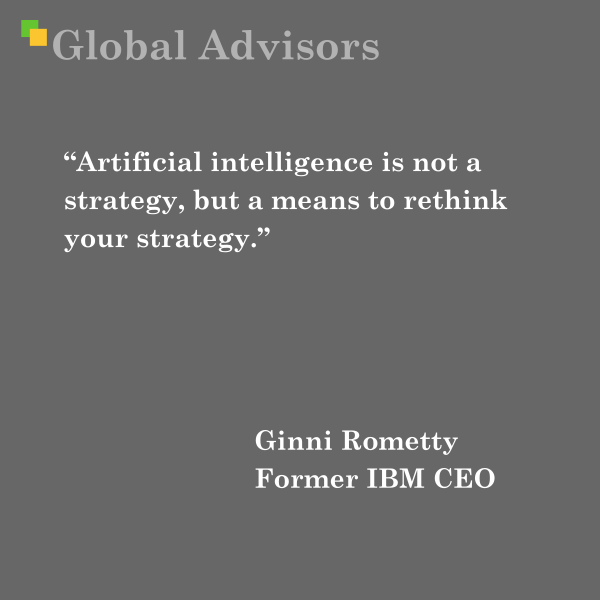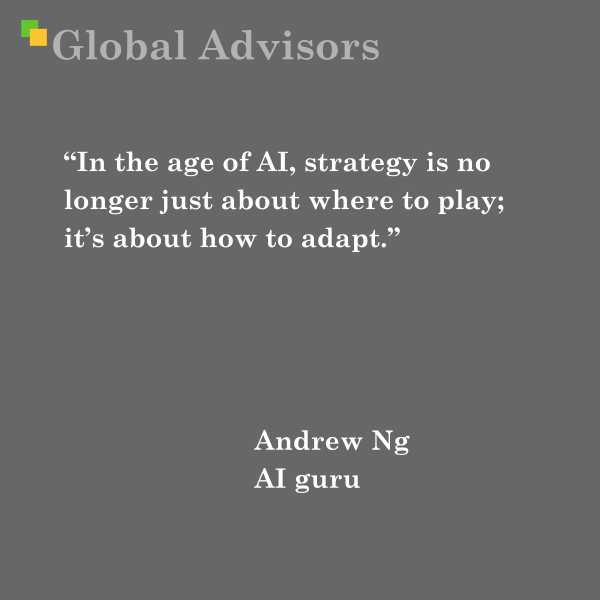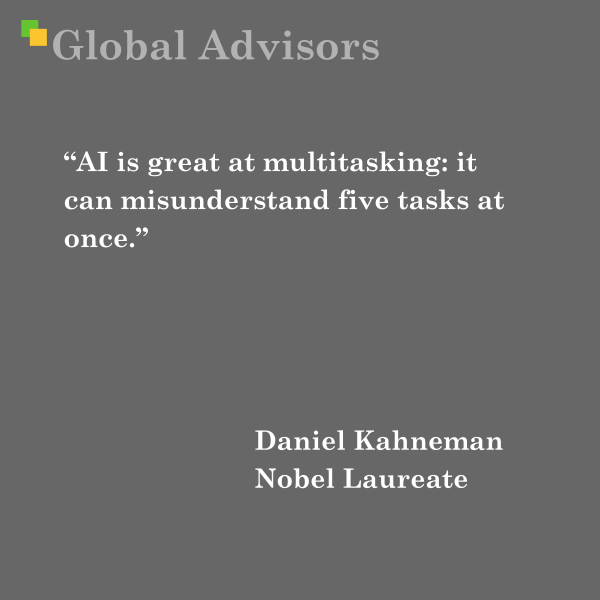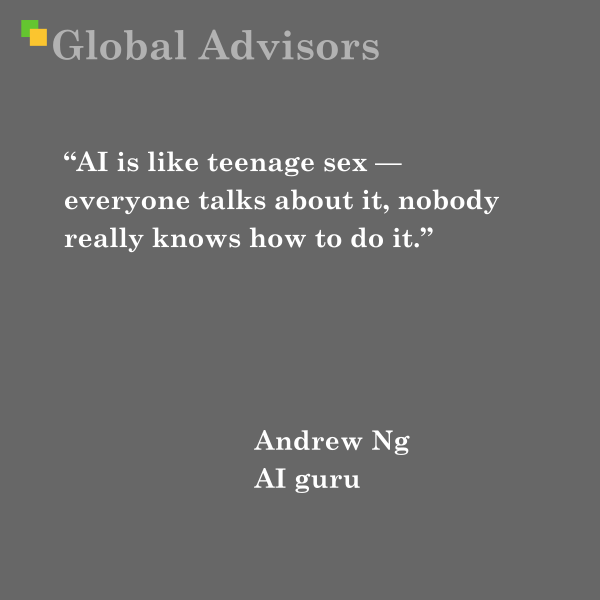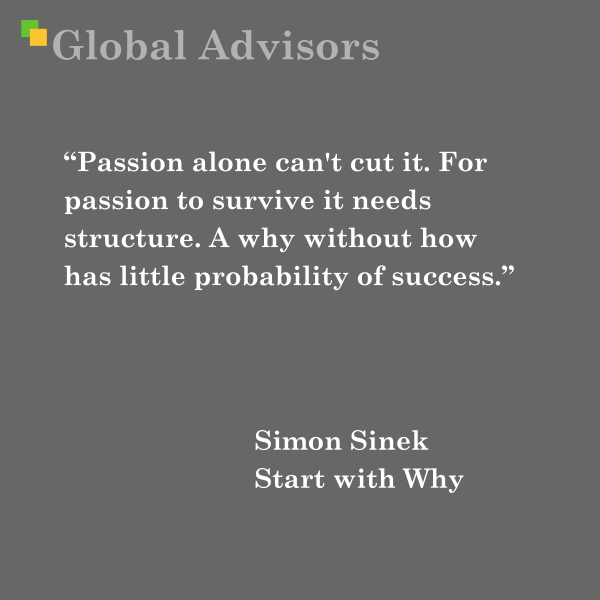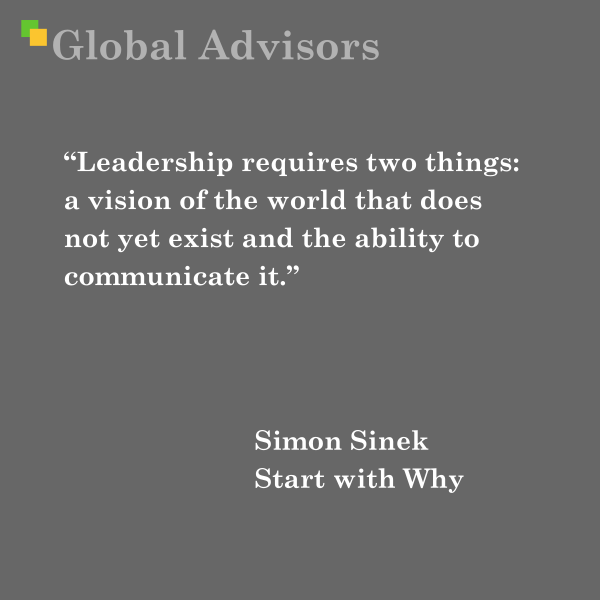Change leadership is the process of driving transformational change by setting direction, building momentum, and inspiring people to achieve a shared vision. In Kotter’s framework, change leadership focuses on the emotional and behavioral aspects of change: motivating people, creating a compelling sense of urgency, aligning stakeholders around a strategic vision, and building the commitment necessary for long-term organizational transformation. Change leadership is proactive and visionary, seeking to shape organizational culture and inspire people to move beyond the status quo.
Kotter’s 8-Step Process for Leading Change embodies this approach, emphasizing steps such as:
- Creating a sense of urgency
- Building a guiding coalition
- Forming a strategic vision
- Communicating the vision
- Empowering broad-based action
- Creating short-term wins
- Consolidating gains
- Anchoring new approaches in the culture
This process requires leaders to guide, motivate, and equip people to embrace and realize the change, making it a leadership-driven, holistic journey.
Change Management (in contrast):
Change management, by comparison, involves the systematic planning, implementation, and monitoring of specific change initiatives within an organization. It is more operational, focusing on process, procedures, and minimizing disruption. Change management covers the coordination of tasks, resource allocation, risk mitigation, and communication to ensure the smooth technical execution of change.
Key Differences Summarized:
Kotter’s Perspective: Kotter stresses that change leadership is the engine for lasting change—without it, organizations often struggle to move beyond incremental improvements or sustain change over the long term. Strong change leadership is necessary to win hearts and minds, align actions with a bold vision, and anchor new behaviors in the organization’s culture. In Kotter’s view, while change management is necessary for handling logistics, only change leadership can transform an organization for the future.
